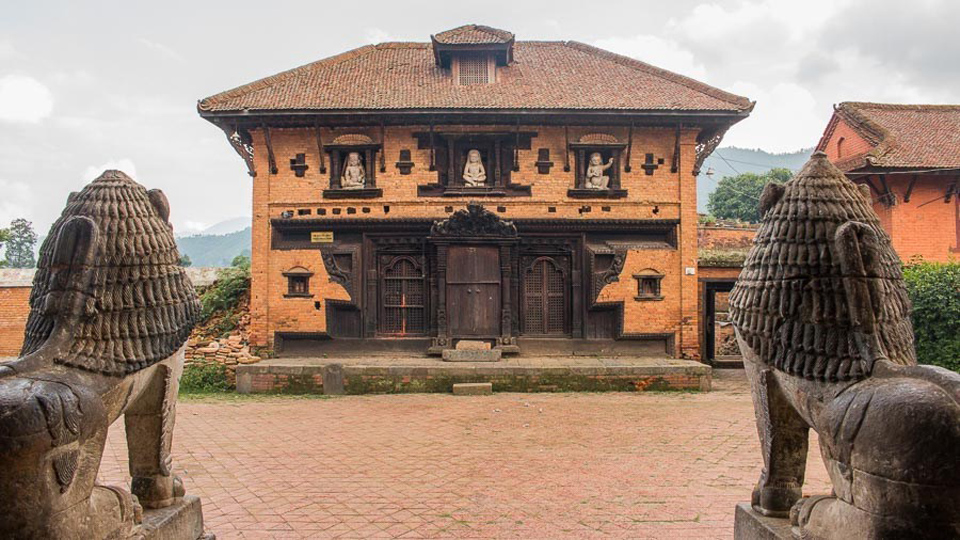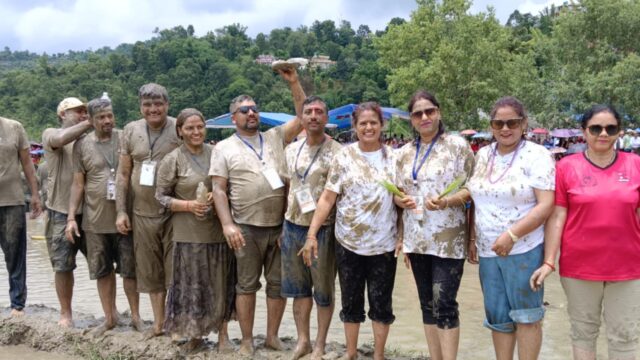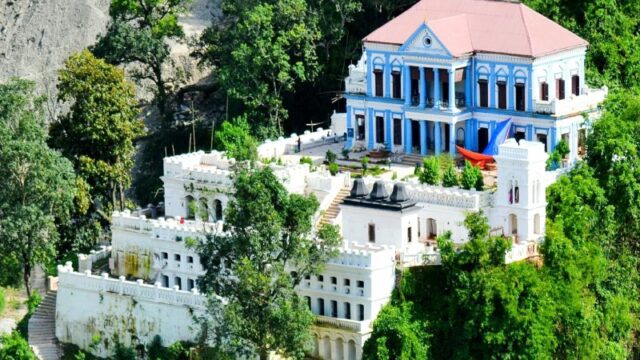Panauti, a historic town nestled in the heart of Kavrepalanchok district, has recently witnessed a significant rise in the number of international visitors flocking to its iconic museum. Situated within the sacred grounds of the Indreshwar Mahadev Temple complex, the museum serves as a living archive of religious, cultural, and historical heritage, not just of Panauti but also of the broader region.
Panauti Museum
Established around 15 years ago, the museum was envisioned as a repository to preserve and showcase the unique identity and cultural depth of Panauti. Since its inception in 2010 (B.S. 2067), it has steadily attracted both local and international attention, but recent data reveals a notable surge in foreign interest. Over the past year alone, the museum welcomed around 4,500 visitors, out of which a remarkable 3,500 were foreign nationals, according to museum chief Rajendra Mahaju.
This upward trend highlights Panauti’s growing status as an emerging destination on Nepal’s cultural tourism map. Foreign visitors, often drawn by the town’s tranquil setting and spiritual ambiance, are increasingly extending their trips to explore the town’s rich past, encapsulated within the walls of the museum. Chief Mahaju noted that, alongside general tourists, the museum has seen an influx of academic visitors, students, and cultural researchers, further indicating its educational and heritage value.
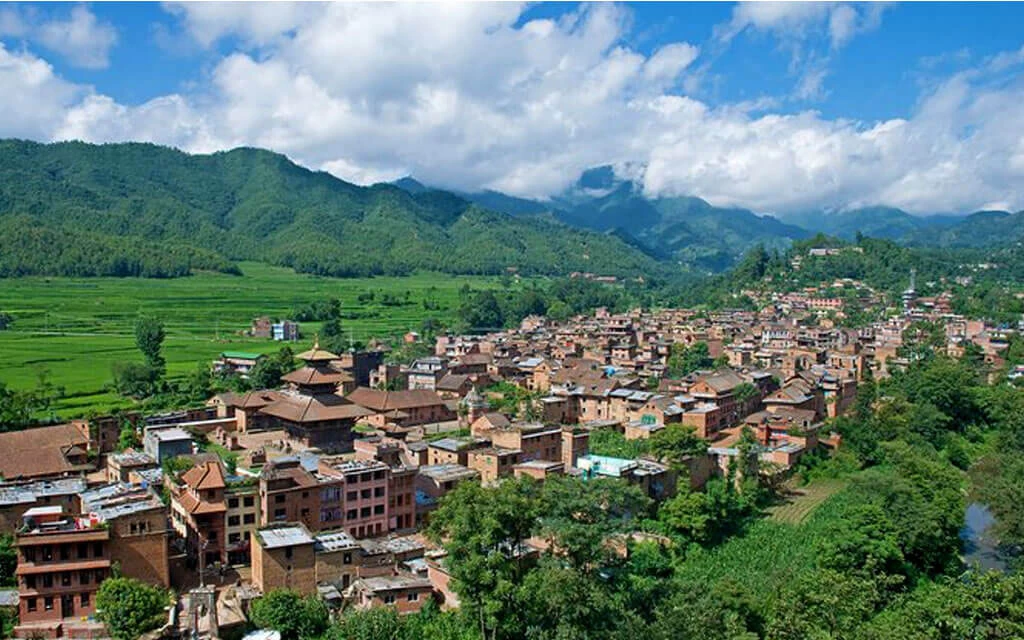
The museum is not just a collection of old artifacts it is a narrative of Panauti’s evolution through the ages. Items on display include ancient coins, early paper currency, traditional household items once used by the local population, and examples of daily life from centuries ago. Additionally, the museum houses a rich collection of statues from the Malla and Shah periods, exquisite woodwork, religious garments, and even ancient weaponry, reflecting Nepal’s artistic and martial history.
Visitors can also observe original stone inscriptions and relics that offer a glimpse into the spiritual and social life of the town during different historical periods. The museum allows a deep dive into the architectural, social, and religious legacy that defines Panauti. Many of these artifacts have been carefully preserved with the active involvement of the local community, in coordination with the Panauti Municipality.
Mahaju emphasized that the museum was established with active cooperation between the municipality and residents. It was initiated under a memorial committee framework and now operates as the only museum in the district. Its strategic location within the Indreshwar Mahadev Temple complex further enhances its appeal. Visitors coming to offer prayers or explore the temple site often make it a point to visit the museum, thus naturally integrating heritage tourism with religious pilgrimages.
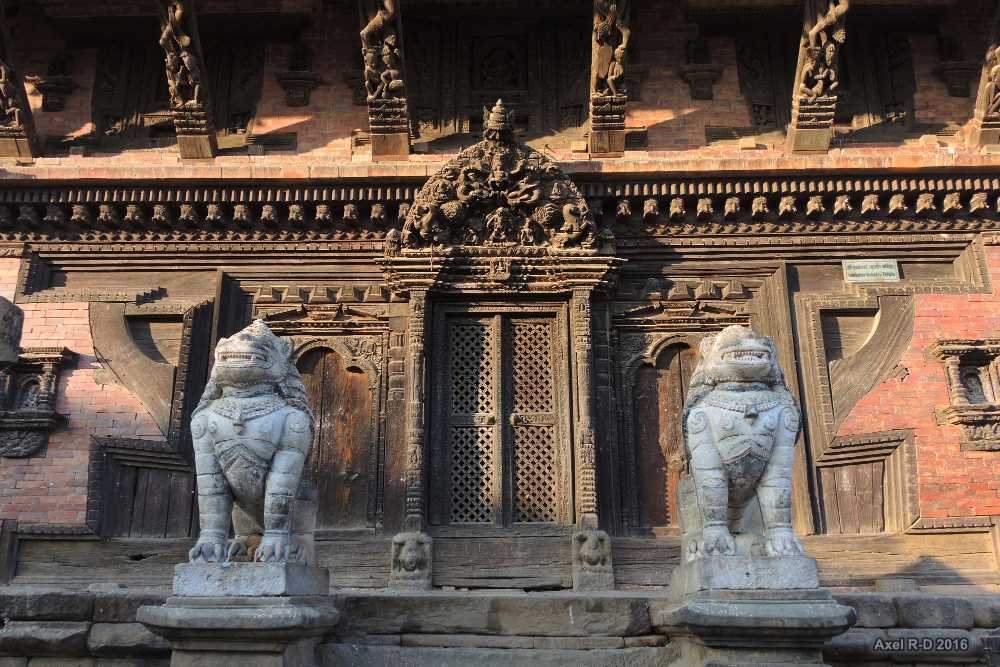
A major contributor to the museum’s appeal is its adherence to standards set by Nepal’s Department of Archaeology. In line with these guidelines, the municipality has continuously urged locals to contribute historical materials from their homes and private collections for public display. This community-driven approach has enriched the museum’s offerings and fostered a sense of ownership and pride among the people of Panauti.
The town itself is historically renowned for sites like Triveni Ghat, a sacred confluence where pilgrims perform religious bathing rituals. The spiritual significance of Panauti, along with its clean, well-preserved environment and heritage monuments, has led to efforts by the municipality to have the town listed as a UNESCO World Heritage Site. Such recognition would further boost international awareness and elevate the museum’s global profile.
Chief Mahaju pointed out that the increase in foreign footfall isn’t a one-time occurrence but rather a trend that has been developing steadily over the past few years. He believes that this consistent growth is a sign of the global community’s increasing appreciation for Nepal’s lesser-known heritage towns. “Most of the tourists who understand the significance of Panauti make it a point to visit the museum,” he stated.
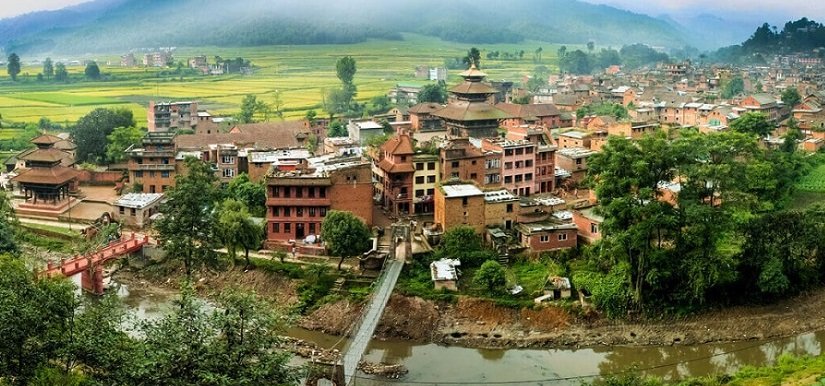
Besides foreign tourists, the museum regularly receives hundreds of students from various parts of the country each year. To accommodate and encourage educational tourism, the museum has set different entry fees for foreign visitors, domestic tourists, and students. This tiered pricing system ensures accessibility while helping maintain the museum’s operations.
As cultural and heritage tourism continues to gain momentum in Nepal, places like the Panauti Museum serve as valuable examples of how local history can be preserved and presented to a global audience. The increasing presence of foreign visitors is a clear indicator that Nepal’s rich tapestry of traditions and artifacts has much to offer the world.
Efforts to enhance the museum’s visibility, improve visitor facilities, and expand its collection are ongoing. With continued support from the local government and the community, the Panauti Museum is poised to become not only a cornerstone of cultural preservation in Kavrepalanchok but also a must-visit destination for those exploring Nepal’s historical heartlands.
